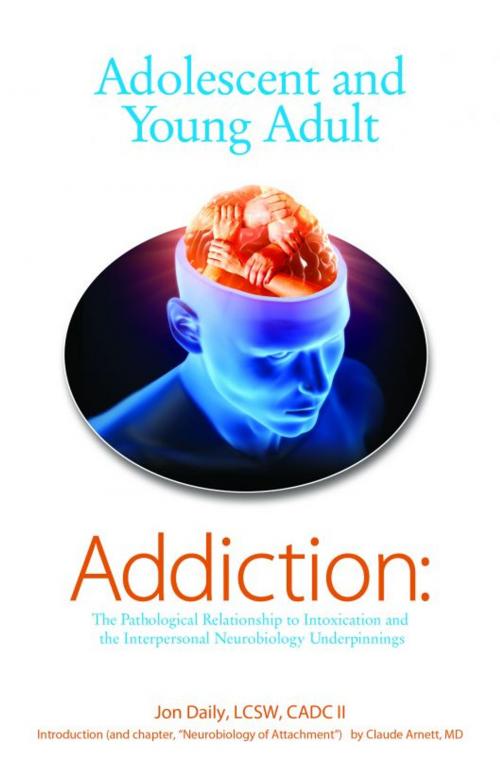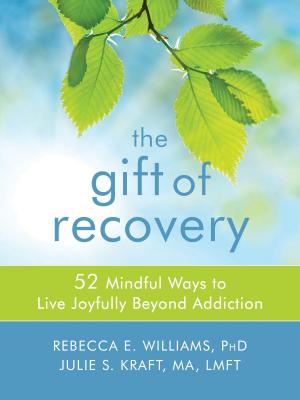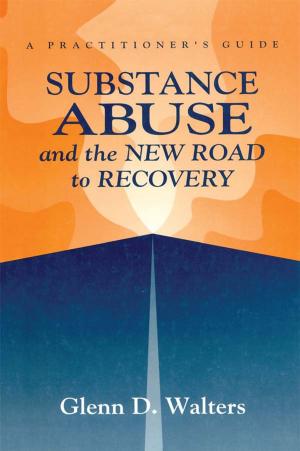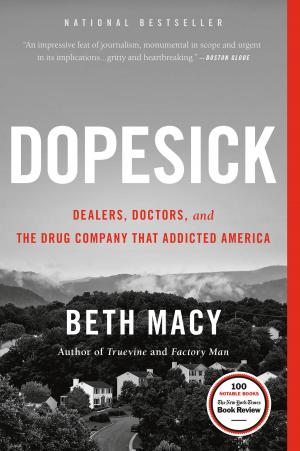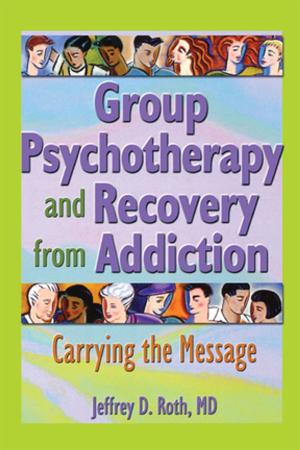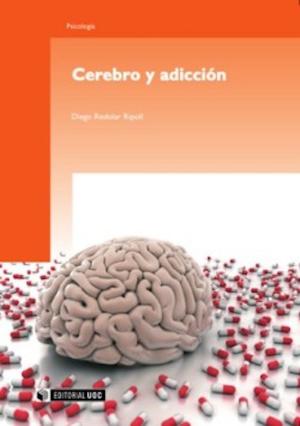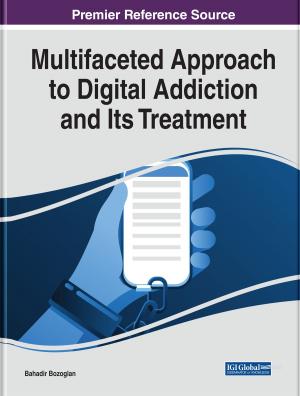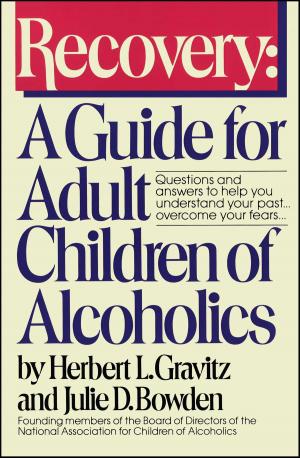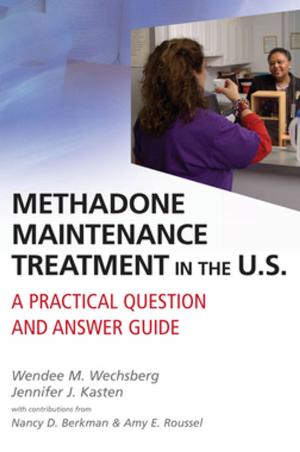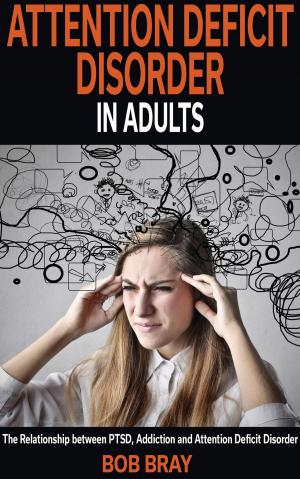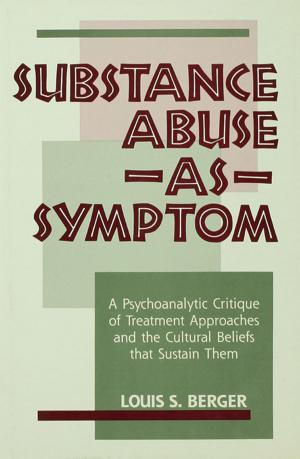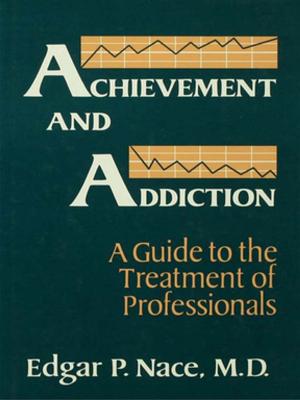Adolescent and Young Adult Addiction: The Pathological Relationship To Intoxication and the Interpersonal Neurobiology Underpinnings
Nonfiction, Health & Well Being, Psychology, Child & Adolescent, Child Psychology, Addictions| Author: | Jon Daily, LCSW, CADC II | ISBN: | 9780985848613 |
| Publisher: | Jon Daily, LCSW, CADC II | Publication: | September 20, 2012 |
| Imprint: | Smashwords Edition | Language: | English |
| Author: | Jon Daily, LCSW, CADC II |
| ISBN: | 9780985848613 |
| Publisher: | Jon Daily, LCSW, CADC II |
| Publication: | September 20, 2012 |
| Imprint: | Smashwords Edition |
| Language: | English |
This thought provoking book “Adolescent & Young Adult Addiction: The Pathological Relationship to Intoxication and The Interpersonal Neurobiology Underpinnings” discusses the struggles of that the youth of today are faced with and puts forth that adolescent and young adult addicts are not addicted to marijuana, alcohol, ecstasy, oxycontin, heroin, etc. In fact, the name of the drug is an illusion as they are hooked on a pathological “relationship to intoxication.” This book bridges the gap between the mental health and the addiction fields. In addition, this book helps the reader to understand that there is no separation between relationships, mind and brain (bio-psycho-social). The peak of intoxication is a release of neurotransmitters, such as, dopamine and often opiate/endorphins. These regulatory systems are actually built, sustained, broken and also repaired in attuned and mis-attuned relationships. How is this so? How does it get repaired? How do we bring this awareness to the client, family and offer the experience of attuned relationships? How do pressures of our left brain, solution focused, material chasing, “on-the-go” culture contribute to this problem?
Adolescents and young adults are not supposed to “ask for help” as it is the role of the social systems to work together in a way that helps them recognize their drug use as a problem. After these systems have helped to “lift the bottom” and dislodge the addict’s relationship to intoxication, then the work is on understanding and treating the underpinnings that drive addiction. If the underpinnings are not dealt with, then relapse and cross-addictions will occur. Utilizing attuned relationships to rewrite the internal working model, and sustain neurobiological regulatory systems is the key for long term sobriety...
This thought provoking book “Adolescent & Young Adult Addiction: The Pathological Relationship to Intoxication and The Interpersonal Neurobiology Underpinnings” discusses the struggles of that the youth of today are faced with and puts forth that adolescent and young adult addicts are not addicted to marijuana, alcohol, ecstasy, oxycontin, heroin, etc. In fact, the name of the drug is an illusion as they are hooked on a pathological “relationship to intoxication.” This book bridges the gap between the mental health and the addiction fields. In addition, this book helps the reader to understand that there is no separation between relationships, mind and brain (bio-psycho-social). The peak of intoxication is a release of neurotransmitters, such as, dopamine and often opiate/endorphins. These regulatory systems are actually built, sustained, broken and also repaired in attuned and mis-attuned relationships. How is this so? How does it get repaired? How do we bring this awareness to the client, family and offer the experience of attuned relationships? How do pressures of our left brain, solution focused, material chasing, “on-the-go” culture contribute to this problem?
Adolescents and young adults are not supposed to “ask for help” as it is the role of the social systems to work together in a way that helps them recognize their drug use as a problem. After these systems have helped to “lift the bottom” and dislodge the addict’s relationship to intoxication, then the work is on understanding and treating the underpinnings that drive addiction. If the underpinnings are not dealt with, then relapse and cross-addictions will occur. Utilizing attuned relationships to rewrite the internal working model, and sustain neurobiological regulatory systems is the key for long term sobriety...
